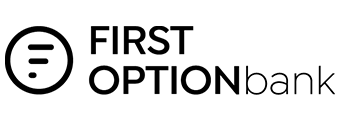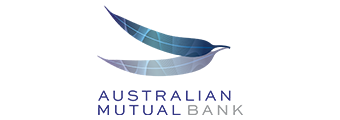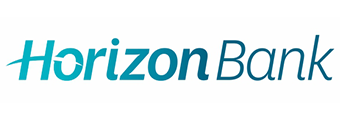Fact Checked
| Bank | Savings Account | Base Interest Rate | Max Interest Rate | Total Interest Earned | Introductory Term | Minimum Amount | Maximum Amount | Linked Account Required | Minimum Monthly Deposit | Minimum Opening Deposit | Account Keeping Fee | ATM Access | Joint Application | Tags | Row Tags | Features | Link | Compare | Promoted Product | Disclosure |
|---|---|---|---|---|---|---|---|---|---|---|---|---|---|---|---|---|---|---|---|---|
4.75% p.a. | 5.10% p.a. Intro rate for 4 months then 4.75% p.a. | $984 | 4 months | $0 | $99,999,999 | $0 | $0 | $0 | Disclosure | |||||||||||
0.05% p.a. Bonus rate of 5.25% Rate varies on savings amount. | 5.30% p.a. | $1,086 | – | $0 | $9,999 | $25 | $1 | $0 | ||||||||||||
0.05% p.a. Bonus rate of 5.20% Rate varies on savings amount. | 5.25% p.a. | $1,076 | – | $0 | $49,999 | $1,000 | $0 | $0 | ||||||||||||
5.25% p.a. | 5.25% p.a. | $1,076 | – | $0 | $4,999 | – | $1 | $0 | ||||||||||||
5.25% p.a. | 5.25% p.a. | $1,076 | – | $0 | $4,999 | – | $1 | $0 | ||||||||||||
0.40% p.a. Bonus rate of 4.35% Rate varies on savings amount. | 4.75% p.a. | $971 | – | $0 | $99,999,999 | $$formattedMinMonthlyDep.format("%,d",$!{product.minimumMonthlyDeposit}) | $0 | $0 | ||||||||||||
2.40% p.a. Bonus rate of 2.35% Rate varies on savings amount. | 4.75% p.a. | $971 | – | $0 | $99,999,999 | $0 | $0 | $0 | ||||||||||||
1.50% p.a. Bonus rate of 3.50% Rate varies on savings amount. | 5.00% p.a. | $1,023 | – | $0 | $99,999,999 | $10 | $0 | $0 | ||||||||||||
0.95% p.a. Bonus rate of 3.25% Rate varies on savings amount. | 4.20% p.a. | $856 | – | $0 | $99,999,999 | $20 | $0 | $0 | ||||||||||||
0.10% p.a. Bonus rate of 3.90% Rate varies on savings amount. | 4.00% p.a. | $815 | – | $0 | $99,999,999 | $10 | $1 | $0 |
Frequently Asked Questions
Teaching your child about money while they’re young by opening a savings account can be a great way to help them kick-start their finance journey and establish lifelong habits. By encouraging children to form good habits of saving money regularly, it teaches important life lessons including that sometimes you have to wait and save up to buy something instead of having it immediately.
A children's savings account can be opened by a parent, legal guardian, a grandparent, or even the child themselves. However, some banks may require the child to be a specific age to open an account on their own.
There is typically a maximum balance that the top interest rate can apply to for children's savings accounts, which varies from bank to bank. For example, at the time of writing, Great Southern Bank’s Youth eSaver has a maximum interest rate of 5.50% p.a which applies to balances up to $5,000. Anything above this earns 1.00% p.a.
Depending on the bank, children’s savings accounts will typically come with a minimum deposit requirement in order to earn the maximum rate of interest, however this is generally quite small. For example, at the time of writing, ANZ’s Progress Saver for Kids account requires a minimum deposit of $10 per month.
Some banks may allow children to access the funds with the supervision of a parent or guardian for specific purposes, such as education expenses. Others restrict access until the child reaches a certain age or becomes an adult.










